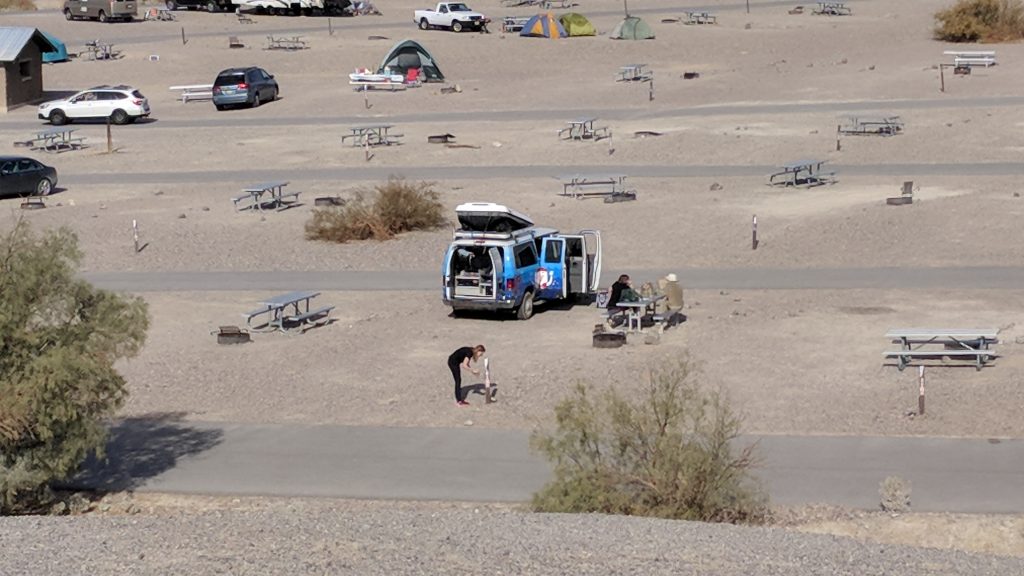For most trips, you will want to be ready for weather both colder and warmer than you might expect. It’s always better to be over-prepared than under-prepared. Think about how you respond to heat or cold, and adjust your gear to match your desires/experiences.
Hiking
REI Co-op has has a good page with advice about hiking clothes. Experienced hikers usually develop their own wardrobe that works for them, but if you are newer we’d recommend reading REI’s suggestions.
Shoes/boots
Most of our hikes don’t require hiking boots, although many people will wear them. Again, this is a personal choice. We’re not backpacking, so a good pair of shoes designed with support for hiking may work well (many of these are called trail runners, even if you aren’t going to run in them). REI tips page.
If you buy new boots, remember they will have a break-in time so put in quite a few miles on them before you head off on a multi-day trip.
Hiking poles
Many people find hiking/trekking poles provide them with the support to hikes, if you aren’t sure, there is plenty of information here.
Sleeping
Nights can get cold just about anywhere, so a good tent, sleeping bag, and sleeping pad are essential.
Tents
Again, we’ll send you to REI’s advice page for good recommendations. Just remember that a tent fly is not just for rain protection, this second layer also helps your tent stay warmer.

Sleeping bags & pads
Most folks really don’t want to be cold at night, so getting a bag and pad is critical. Here are tips that should help you.
Some of the new style bags forgo insulation on the bottom—since once you lay down on it the ‘loft’ compresses and will not keep you warm. These bags depend on a pad that attaches to the bag to ensure that the pad stays below you and the insulation in the bag stays above you.